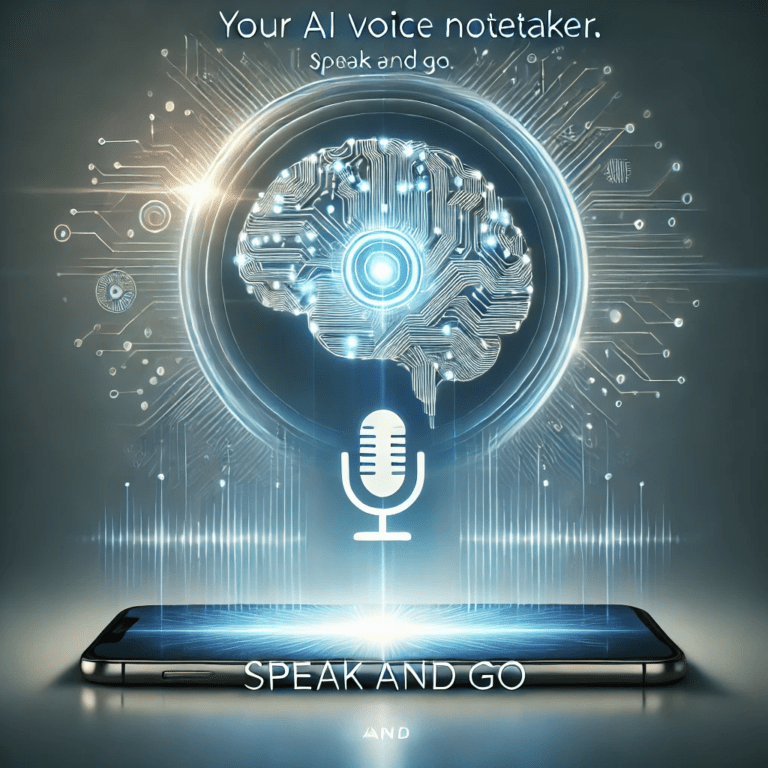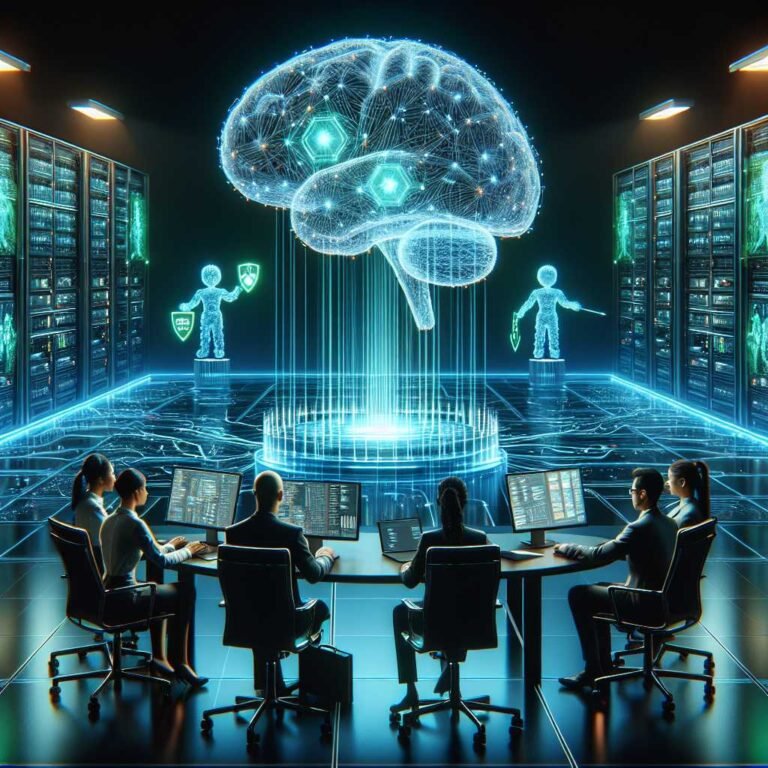Ontogenesis of AI: A Harvard CS 50 Fall 2023
15:03: 🦆 Rubber duck debugging is a technique used in computer science and programming where talking through your problems with an inanimate object helps identify logical errors.
18:29: 🔍 Participants were shown two images and asked to determine which one was generated by AI, revealing that most people were unable to distinguish between the two.
22:55: 🦆 CS50 has developed a debugger called CS50 Duck to assist students in their coding projects.
26:40: 🦆 The Duck can dynamically generate code explanations and advise students on improving their code style.
30:34: 🎓 The goal of CS50 AI is to approximate a 1 to 1 teacher to student ratio and focus human support on the students who would benefit most.
35:14: 🎮 The video discusses the concept of decision trees and how they can be used in artificial intelligence.
39:12: 🎮 Games lend themselves well to AI solutions due to their mathematical nature and the ability to define them in terms of inputs and outputs.
43:19: 🌳 The video discusses the decision tree in a game and how it can become massive when considering all possible moves.
47:43: 🤖 Reinforcement learning is a method where machines learn and improve on their own through rewards and punishments.
52:20: 🎮 The video discusses a game where a yellow dot has to navigate through a world filled with lava pits to reach a green goal, and how programmers can reinforce good behavior and punish bad behavior to teach the dot how to navigate.
56:22: 🧠 Deep learning is inspired by neural networks in the human brain and can be used to create complex problem-solving algorithms.
1:00:36: 🧠 Deep learning neural networks use complex math and parameters to produce desired outputs.
1:04:37: 🧠 The video explains how words can be encoded into mathematical representations called embeddings to help AI predict the next word.
Recap by Tammy AI
Artificial intelligence has become a buzzword in recent years, but what exactly does it mean? How does it work? And what impact does it have on our daily lives? In this blog post, we will delve into the fascinating world of artificial intelligence, drawing insights from a thought-provoking lecture by Harvard University.
The lecture, titled ‘Demystifying Artificial Intelligence,’ was delivered by Professor David J. Malan, a renowned expert in the field. In his lecture, Professor David J. Malan breaks down the complex concepts of artificial intelligence into digestible pieces, making it accessible to both technical and non-technical audiences.
One of the key takeaways from the lecture is that artificial intelligence refers to the development of computer systems that can perform tasks that would typically require human intelligence. These tasks include speech recognition, decision-making, problem-solving, and even creativity.
David J. Malan explains that artificial intelligence is made possible through the use of algorithms and data. Algorithms are sets of instructions that guide computers in solving problems, while data provides the necessary information for the algorithms to learn and make decisions.
As the lecture concludes, it becomes clear that artificial intelligence is not just a futuristic concept but a reality that is already shaping our world. AI is revolutionizing industries and transforming the way we live.
In conclusion, the Harvard lecture on artificial intelligence provides a comprehensive introduction to this rapidly evolving field. It demystifies the concept of AI, explores its applications, and raises important questions. Whether you are a tech enthusiast or simply curious about the future, this lecture is a must-watch.
If you found this interesting, please feel free to browse upon the achievements of Harvard and their AI, BCI division: Harvard: A Legacy of Achievements and a Path Towards the Future







